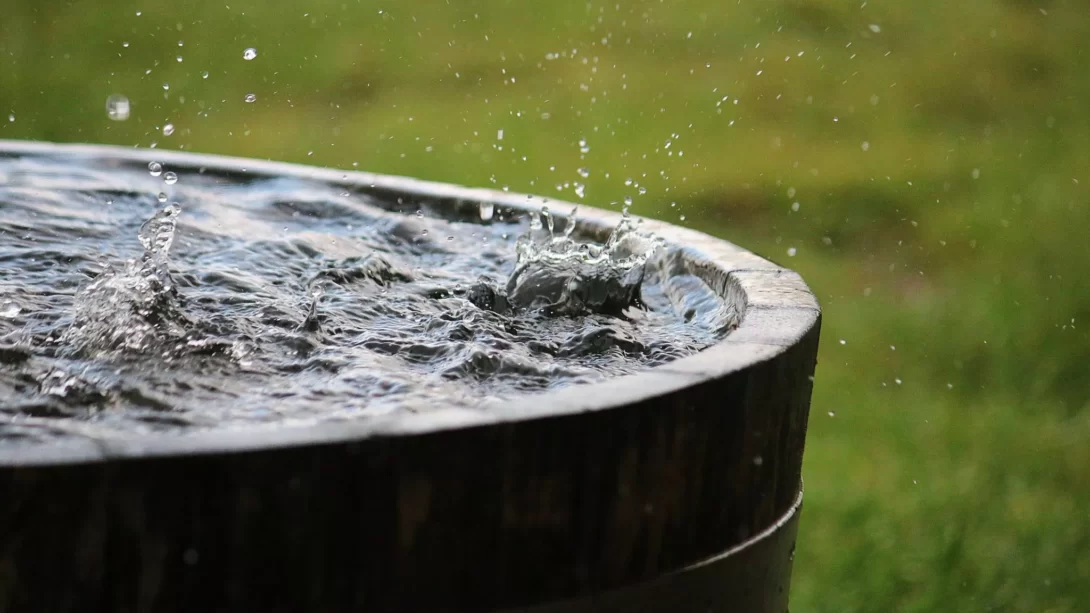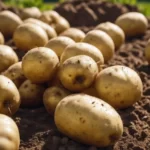Collecting rainwater is a sustainable practice that conserves water and reduces utility bills. However, not every structure is equipped with gutters, which are commonly used for rainwater harvesting. This challenge prompts the need for alternative methods to collect rainwater effectively. This article aims to explore various practical solutions for rainwater collection without relying on traditional gutter systems, offering insights for both urban and rural settings.
Rainwater Collection
Rainwater collection, also known as rainwater harvesting, involves capturing, storing, and utilizing rainwater. This practice offers numerous environmental benefits, including reducing dependence on municipal water supplies, minimizing stormwater runoff, and promoting water conservation. However, before embarking on rainwater collection, it’s important to be aware of the legal regulations in your area, as some regions have specific guidelines or restrictions on rainwater harvesting.
Alternative Collection Methods
There are several effective methods to collect rainwater without gutters, each varying in complexity and cost:
- Direct Collection with Rain Barrels: Placing rain barrels directly under roof eaves or at the end of downspouts (if present) to catch rainwater. This method is straightforward and suitable for smaller-scale collection.
- Landscaping Techniques: Designing the landscape to naturally direct rainwater into collection areas or storage systems. This can include creating rain gardens, contouring land with swales, or installing French drains.
- Rooftop Collection Systems: Installing collection systems on the rooftop that channel rainwater to storage containers. These systems can include PVC pipes, channels, or funneling mechanisms to direct water flow.
Each of these methods can be adapted to different types of buildings and property layouts, offering flexibility in rainwater collection without the need for traditional gutter systems.
Rain Barrels and Collection Systems
Utilizing rain barrels is one of the simplest and most cost-effective methods for collecting rainwater without gutters:
- Setting Up Rain Barrels: Place large barrels or containers directly beneath roof drip lines or downspouts if available. Ensure the barrel has a secure lid to prevent debris and mosquitoes.
- Maximizing Water Capture: To increase water collection, barrels can be positioned at multiple locations around the house where water naturally drips off the roof.
- Overflow and Linking Barrels: In areas with heavy rainfall, consider an overflow mechanism or link multiple barrels together to capture additional water.
Using Landscaping and Garden Features
Landscaping can play a significant role in effective rainwater harvesting:
- Rain Gardens: Create shallow, vegetated basins that collect and absorb runoff. Planting native, water-tolerant plants in these gardens can enhance absorption and provide an eco-friendly drainage solution.
- Swales and Contouring: Construct swales – shallow channels with gently sloping sides – to direct water flow. Land contouring can also be used to guide rainwater to specific collection areas or storage systems.
- French Drains: Install French drains – gravel-filled trenches with a perforated pipe – to capture and redirect rainwater, preventing waterlogging and soil erosion.
Rooftop Rainwater Harvesting
Direct rooftop collection is an effective way to harness rainwater:
- Designing Collection Systems: Install channels or PVC piping along the edges of the roof to funnel rainwater into storage containers. These systems can be custom-designed to fit the roof layout.
- Storage Solutions: Choose appropriate storage solutions based on the volume of water expected. Large tanks or underground cisterns can store significant amounts of water for later use.
- Water Quality Management: If using collected rainwater for purposes other than irrigation, consider filtration or purification methods to ensure water quality.
Storage and Usage of Collected Rainwater
Proper storage and management of harvested rainwater are crucial for maintaining its quality and maximizing its use:
- Storage Containers: Use clean, durable containers made of materials safe for water storage. Dark containers help inhibit algae growth, and secure lids prevent contamination and deter mosquitoes.
- Location of Storage: Position storage containers in a cool, shaded area to reduce evaporation and algae growth. Ensure they are accessible for easy use and maintenance.
- Usage of Collected Water: Rainwater collected without gutters is ideal for garden irrigation, lawn care, and outdoor cleaning. If intended for indoor use or consumption, it must be properly filtered and treated.
Maintenance and Safety Tips
Maintaining your rainwater collection system ensures its longevity and safety:
- Regular Cleaning: Clean collection surfaces, barrels, and containers regularly to prevent debris buildup and contamination.
- Inspecting for Damage: Check your system for leaks, cracks, or damage that can affect water collection and storage efficiency.
- Mosquito Prevention: Keep barrels covered and use mosquito mesh or dunks to prevent breeding in standing water.
- Safety Precautions: Ensure your system is structurally sound, especially for rooftop collection setups. Avoid using chemically treated roofing materials that can contaminate water.
Conclusion
Collecting rainwater without traditional gutters is a feasible and environmentally friendly practice that can significantly contribute to water conservation. By employing methods like rain barrels, strategic landscaping, and rooftop collection systems, you can efficiently harvest and utilize this precious natural resource. Proper setup, regular maintenance, and adherence to safety guidelines are key to a successful rainwater collection system. As water conservation becomes increasingly crucial, adopting such sustainable practices is not only beneficial for individual households but also for the broader community and environment.



